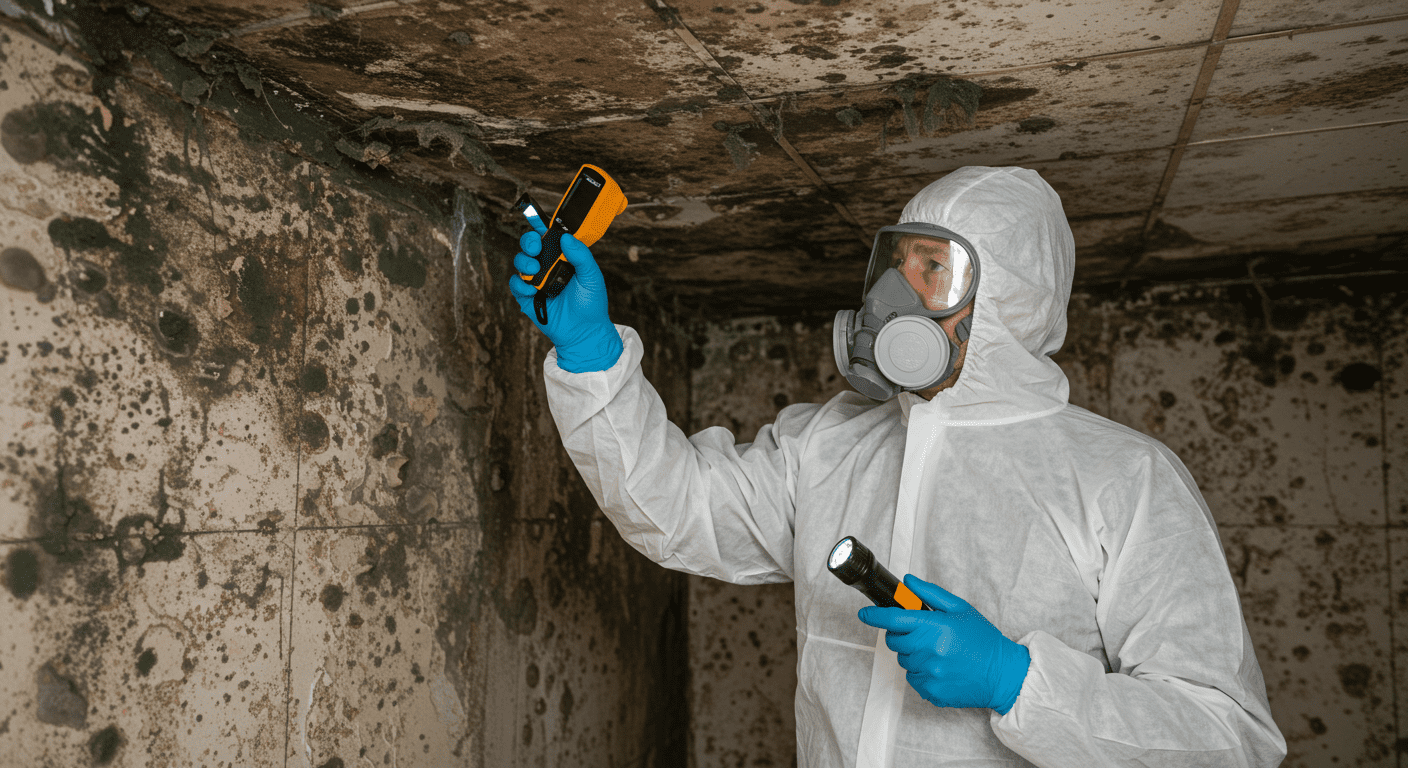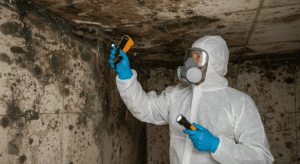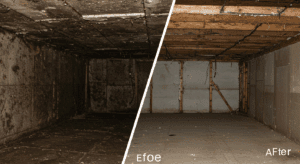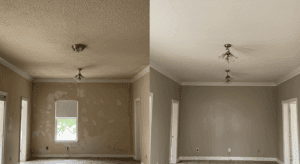Green mold is a common household issue that can pose significant risks to both your property and health. For residents of East Orange, NJ, understanding the causes, health implications, and effective remediation strategies for green mold is essential to maintaining a safe and healthy living environment. This article delves into the details of green mold, its causes, associated risks, and how to address it effectively.
What is Green Mold?
Green mold refers to a variety of mold species that appear greenish due to their pigmentation. Common types include Aspergillus, Cladosporium, and Penicillium. These molds thrive in damp and humid conditions, often growing on walls, ceilings, and other surfaces in homes. Green mold can spread rapidly if left untreated, making early detection and intervention crucial.
The presence of green mold is not just an aesthetic issue; it can compromise the structural integrity of your home and negatively impact indoor air quality. Identifying green mold early can save homeowners in East Orange from costly repairs and health complications.
Causes of Mold Growth in East Orange Homes
Mold thrives in environments with excess moisture, making East Orange homes particularly susceptible due to the region’s humid climate. Common causes of mold growth include:
- Leaky Pipes and Roofs: Water leaks create damp conditions ideal for mold growth.
- Poor Ventilation: Inadequate airflow in areas like bathrooms and basements can trap moisture.
- High Humidity Levels: Humidity levels above 60% can encourage mold proliferation.
- Flooding or Water Damage: Previous water damage, if not properly addressed, can lead to mold issues.
Addressing these moisture sources is key to preventing mold growth. Regular inspections and maintenance can help homeowners identify and resolve potential issues before they escalate.
Health Risks Associated with Mold Exposure
Exposure to green mold can have serious health implications, particularly for vulnerable populations such as children, the elderly, and individuals with respiratory conditions. Common health effects include:
- Respiratory Issues: Mold spores can trigger asthma attacks, coughing, and wheezing.
- Allergic Reactions: Symptoms like sneezing, runny nose, and skin irritation are common.
- Chronic Health Problems: Prolonged exposure can lead to more severe conditions, including fungal infections and compromised immune systems.
Maintaining good indoor air quality is essential to minimizing these risks. If you suspect mold in your home, consider scheduling a professional inspection to safeguard your family’s health.
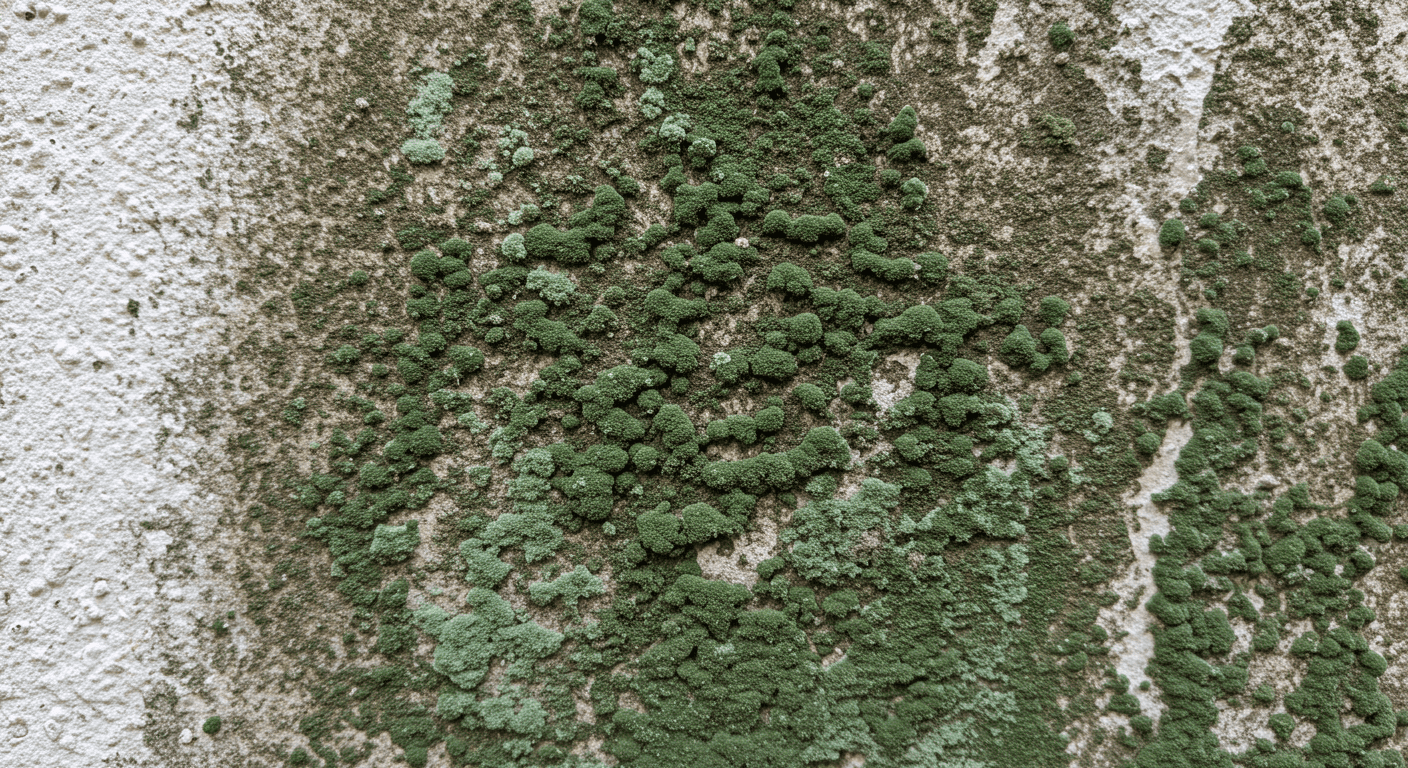
Effective Mold Remediation Strategies
Addressing green mold requires a combination of professional intervention and preventive measures. Here are some effective strategies:
- Professional Mold Remediation: Hiring experts ensures thorough removal and prevents recurrence. Local services specializing in mold remediation in East Orange can provide tailored solutions.
- Moisture Control: Fix leaks, improve ventilation, and use dehumidifiers to maintain optimal humidity levels.
- Regular Inspections: Periodic checks can help detect mold early, especially in high-risk areas like basements and attics.
- Proper Cleaning: Use mold-specific cleaning agents to remove visible mold and prevent regrowth.
For more detailed guidance, check out Comprehensive Green Mold Remediation Services in Sayreville, NJ: Protect Your Home Today!.
Green mold is a serious concern for homeowners in East Orange, NJ. By understanding its causes, health risks, and remediation strategies, you can protect your home and family from its harmful effects. If you suspect mold in your home, don’t hesitate to seek professional help to ensure a safe and healthy living environment. For more insights, explore Understanding the Dangers of Green Mold: Health Risks, Identification, and Prevention Strategies.
